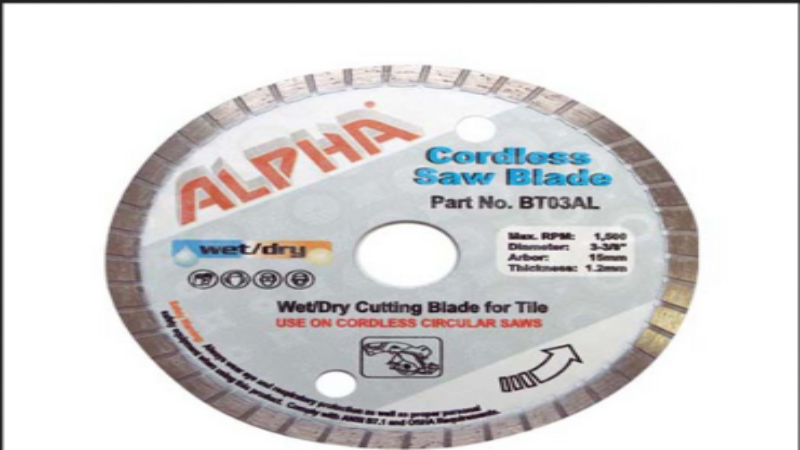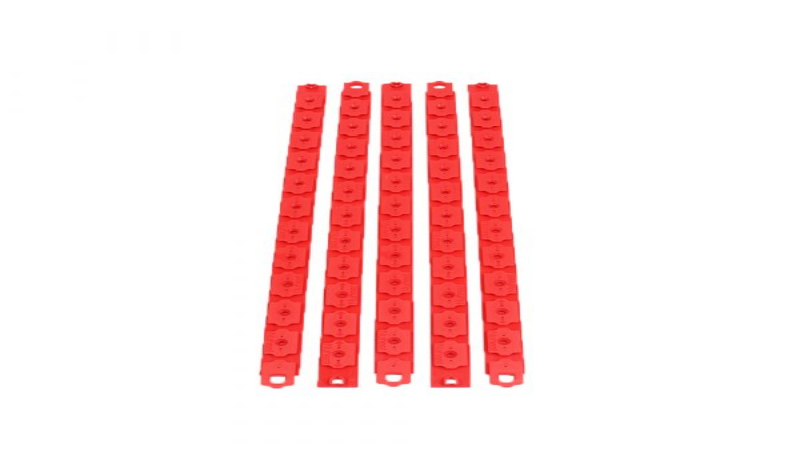Stone cutting has long been an essential technique in industries including construction, architecture, and interior design. Precision, efficiency, and safety are when working with marble countertops, granite tiles, or slabs of stone in construction. The efficiency and accuracy it provides have transformed the way professionals approach stone cutting, making it an essential asset in many workshops and industries.
Precision Stone Cutting with Advanced Machinery
A specialized machine is used to cut stone slabs such as marble, granite, quartz, and other natural and manufactured stones. Its name derives from its design, which is a bridge-like structure that supports the saw blade and allows it to travel horizontally over a stationary worktable. Based on the project specifications, we can modify the blade to perform precise cuts at many angles, depths, and lengths. One of the most notable aspects of a bridge saw is its capacity to handle enormous, heavy slabs of stone. Diamond-tipped blades frequently equip these machines, ensuring clean and smooth cuts while minimizing the risk of cracking or chipping. The accuracy of these cuts is critical, especially in industries like countertop fabrication, where even tiny errors can result in lost material or defective products. Professionals can use this tool to verify that every cut meets the project’s dimensions and specifications.
Efficiency Matters in Stone Cutting
Timelines and budgets are what drive the construction and design sectors. The capacity to execute high-quality work within a specified time frame is frequently a determining element in project success. The speed and accuracy of the machine in use determine the efficiency of each stone-cutting workshop. It reduces the need for numerous cuts or repairs, which are sometimes required when using less advanced tools. The machine increases efficiency by making accurate cuts in a single pass, allowing faster project completion without sacrificing quality.
Adapting to Technological Advancements
Technological developments, like those in many other industries, have helped to alter stone cutting. Modern machines have evolved beyond simple operations. Many now use integrated computer numerical control (CNC) systems, allowing for detailed cut programming. With CNC integration, operators can enter complicated designs that the bridge saw will execute with remarkable precision. The digitalization of stone cutting has also made it possible to include these machines in larger manufacturing workflows. For instance, a workshop’s overall production system can now network numerous machines, facilitating seamless communication across all stages of creation. Aside from CNC, several current models include water jet systems, which improve the machine’s capacity to cut intricate designs or dense materials. These water-cooled systems increase cutting precision and lengthen saw blade life by minimizing overheating, which is a problem in high-friction cutting applications. This technology integration demonstrates how the equipment is adapting to the industry’s changing expectations.







